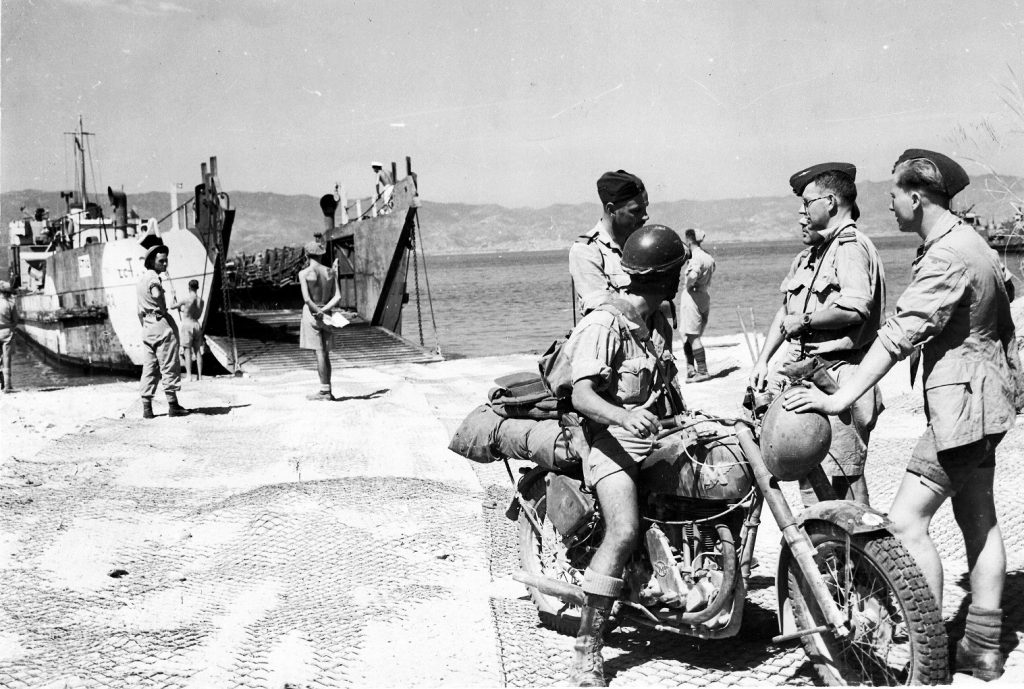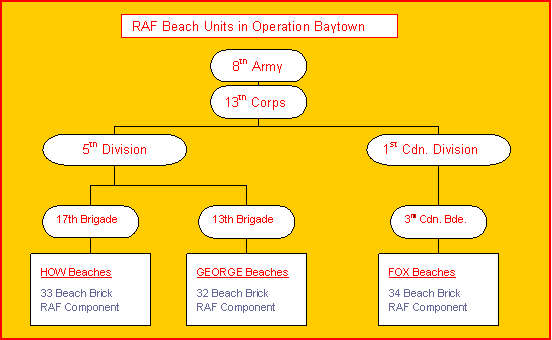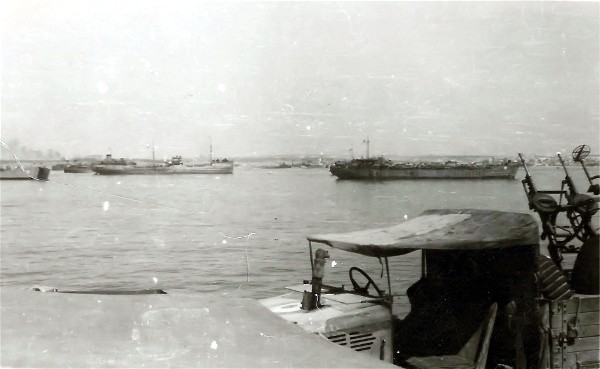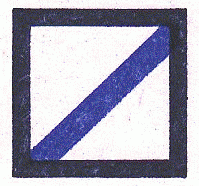Operation “BAYTOWN”
Assault Landings at Reggio di Calabria
D-Day, 3rd September 1943
The assault landings in Calabria, across the Straits of Messina from Sicily, by the British 8th Army’s 13th Corps, went under the codename “BAYTOWN”. The task of 13th Corps was to cross the Straights on the night of 2nd/3rd September 1943 and land in two small bays north of Reggio. The 1st Canadian Division were to capture Reggio and the airfield south of that town, while 5th Division took San Giovanni, to the north, and the coastline to Canitello. 13th Corps was to continue advancing northwards and eastwards as quickly as possible. The object was to secure safe passage for Naval forces through the Straights of Messina and engage enemy forces to assist Operation AVALANCHE that was to begin six days later.

These men from the R.A.F. component of a beach brick were among the first to land on the Italian mainland. © IWM (CNA 1335)
The particular R.A.F. component and the names of the men have not been identified. The photograph shows R.A.F. officers in discussion on the beach in front of a landing craft, watched by an airman and a despatch rider. The R.A.F. despatch rider sits astride a Matchless G3/L 350cc motorcycle. The G3/L featured innovative “Teledraulic” front forks that were to become standard on most motorcycles from then on.

With the assault being channelled through a three brigade front, three beach groups were required for the establishment of beach maintenance areas. 32 Beach Brick and 33 Beach Brick once again served 5th Division while 34 Beach Brick now served 1st Canadian Division, which had replaced 50th Division in 13th Corps. Each of these Beach Bricks had with them the R.A.F. Components that had landed with them in Sicily. Additionally, the R.A.F. Component of 31 Beach Brick assisted the operation from the near shore. Based at Santa Teresa di Riva, Catania and Messina, they facilitated the movement of R.A.F personnel and materials across the Straights of Messina to the toe of Italy.
“BAYTOWN” had been under consideration for a few weeks but only 10 days were left for detailed planning by the time the final decision was made about the allocation of landing craft for the operation. The craft were assembled at Augusta, Catania, Taormina and Santa Teresa di Riva depending on their type, with most of the loading and embarkation taking place at Catania, S. Teresa di Riva and Mili Marina.

(Photograph kindly provided by the family of W. Sinclair MacLeod)
Having had the support of massive air, artillery and naval bombardment the landings began in the early morning of 3rd September 1943. The 8th Army was invading mainland Europe four years, to the day, after the British had declared war on Germany.
Apart from some craft landing in the wrong places the assault troops landed without difficulty and with little hindrance from the enemy. By the evening of D+1 the landing of supplies had gone so well that the build-up was 1½ days ahead of schedule.
86 Lines of Communication Area again provided the administration headquarters for co-ordinating work in the beach maintenance areas. It was fully established in Reggio by 5th September (D+2). The phase of maintenance over the beaches was intense but, as always intended in these operations, relatively short. The Beach Bricks gradually became redundant as the conventional Lines of Communication organisation became established.
The first ships arrived in Reggio on 6th September and an Army Roadhead was established there. Porto S. Venere opened as a seahead on the 9th (operated by 20 Beach Group after a landing there on the 8th) and another Army Roadhead opened at Vibo Valencia. 86 L. of C. Area moved to Crotone on the 14th and on the 15th when the first ships arrived at Crotone, the main H.Q. of 8th Army was established in Vibo Valentia.
In October 1943, with no further operations imminent, a reorganisation of R.A.F. beach units in the Mediterranean was being planned and in November the R.A.F Components of Beach Bricks were disbanded.
